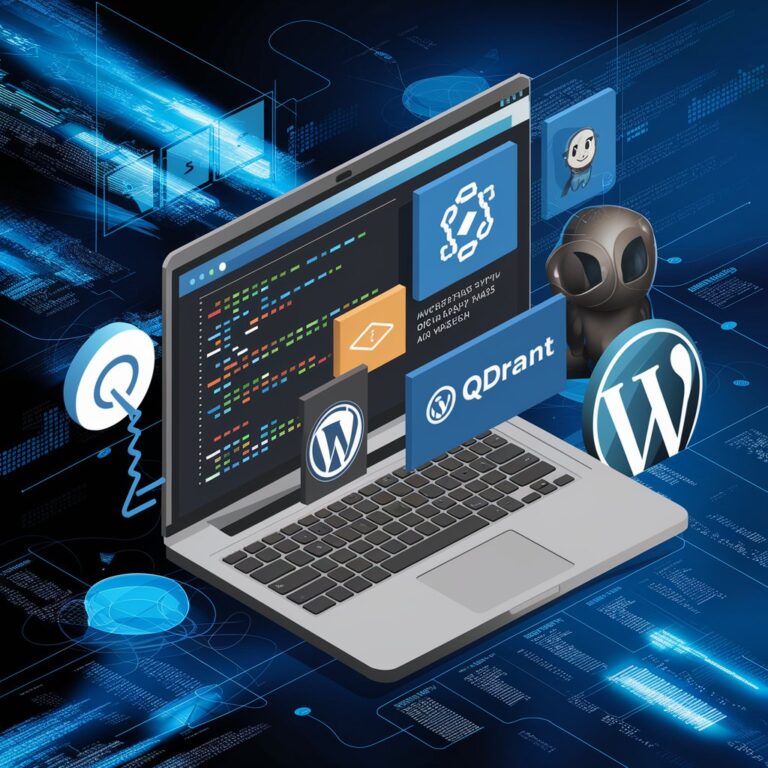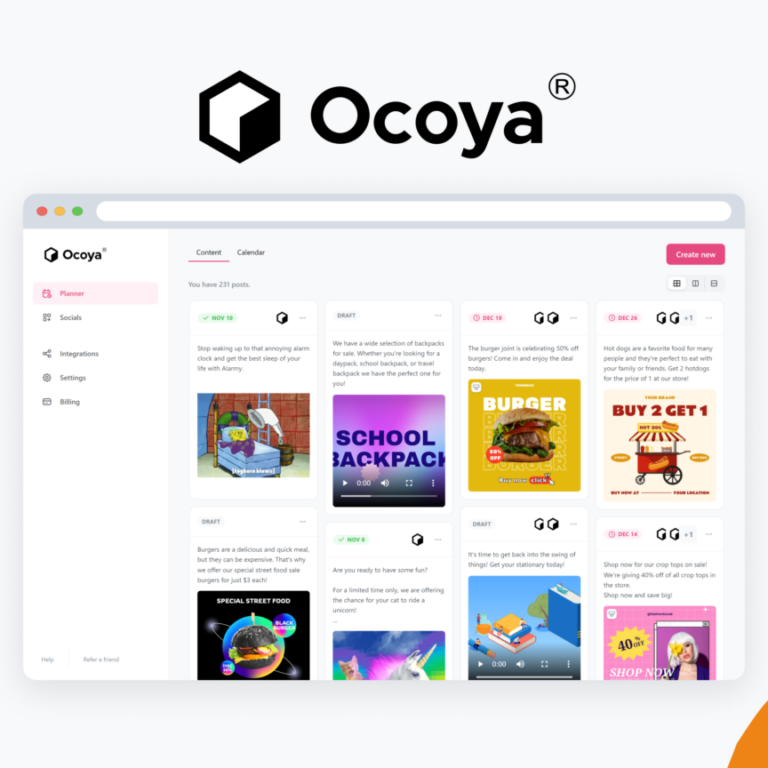
Introduction to AI Analytics
In today’s fast-paced business environment, data is king. But having data is one thing; knowing what to do with it is another. That’s where AI analytics comes in. For small businesses, AI analytics can unlock a treasure trove of insights that can drive growth, streamline operations, and give you a competitive edge. This guide will help you understand what AI analytics is, why it’s important, and how you can get started with it.
What is AI Analytics?
Let’s start with the basics. AI analytics is the process of using artificial intelligence to analyze data. Traditional analytics involves manual data processing and interpretation, which can be time-consuming and prone to human error. AI analytics, on the other hand, leverages machine learning algorithms and data processing capabilities to automatically collect, analyze, and interpret large volumes of data.
In simpler terms, AI analytics helps you make sense of your data faster and more accurately. It can identify patterns, trends, and insights that would be difficult, if not impossible, to spot manually. This means you can make data-driven decisions that are more informed and strategic.
Why Small Businesses Should Care About AI Analytics
You might be thinking, “Isn’t AI analytics something only big companies with huge budgets can afford?” Not anymore. Advances in technology have made AI analytics accessible and affordable for businesses of all sizes, including small businesses.
Here are some reasons why small businesses should care about AI analytics:
- Improved Decision Making: AI analytics provides you with actionable insights that can guide your business decisions. Whether it’s identifying which products are selling best or understanding customer behavior, AI analytics helps you make decisions based on data rather than gut feeling.
- Cost Savings: By automating data collection and analysis, AI analytics can save you time and money. It reduces the need for manual data entry and analysis, freeing up your team to focus on more strategic tasks.
- Enhanced Customer Experience: AI analytics can help you understand your customers better. By analyzing customer data, you can identify trends and preferences, allowing you to tailor your products and services to meet their needs better.
- Competitive Advantage: In today’s competitive market, staying ahead of the competition is crucial. AI analytics can provide you with insights that give you a competitive edge, whether it’s identifying market trends or optimizing your marketing strategies.
Getting Started with AI Analytics
So, how do you get started with AI analytics? Here are some steps to help you on your journey:
- Choosing the Right AI Analytics Tool
There are many AI analytics tools available, each with its own strengths and weaknesses. When choosing a tool, consider factors such as ease of use, features, scalability, and cost. Some popular AI analytics tools for small businesses include Google Analytics with AI add-ons, Zoho Analytics, and Tableau with AI integration.
- Setting Up Your AI Analytics Framework
Once you’ve chosen a tool, the next step is to set up your AI analytics framework. This involves integrating the tool with your existing systems and data sources. For example, you might need to connect your e-commerce platform, CRM system, and social media accounts to the AI analytics tool.
- Collecting Data
AI analytics relies on data, so the more data you have, the better. Start by collecting data from various sources, such as sales transactions, customer interactions, and marketing campaigns. Ensure your data is clean and accurate, as poor-quality data can lead to inaccurate insights.
- Analyzing Data
With your data collected, the AI analytics tool will start analyzing it. This is where the magic happens. The tool will use machine learning algorithms to identify patterns and trends in the data, providing you with insights that can inform your business decisions.
- Interpreting Insights
The final step is to interpret the insights generated by the AI analytics tool. This involves understanding what the data is telling you and how you can use this information to improve your business. For example, if the tool identifies that a particular product is selling well, you might decide to increase your inventory of that product.
Conclusion
AI analytics is a powerful tool that can help small businesses unlock the full potential of their data. By providing actionable insights, AI analytics can guide your business decisions, save you time and money, and give you a competitive edge. Getting started with AI analytics involves choosing the right tool, setting up your framework, collecting data, analyzing it, and interpreting the insights.
In this guide, we’ve covered the basics of AI analytics and why it’s important for small businesses. In the next article, we’ll dive deeper into the top AI analytics tools for small businesses and how to choose the right one for your needs. So stay tuned and get ready to unlock the power of AI analytics for your small business.






